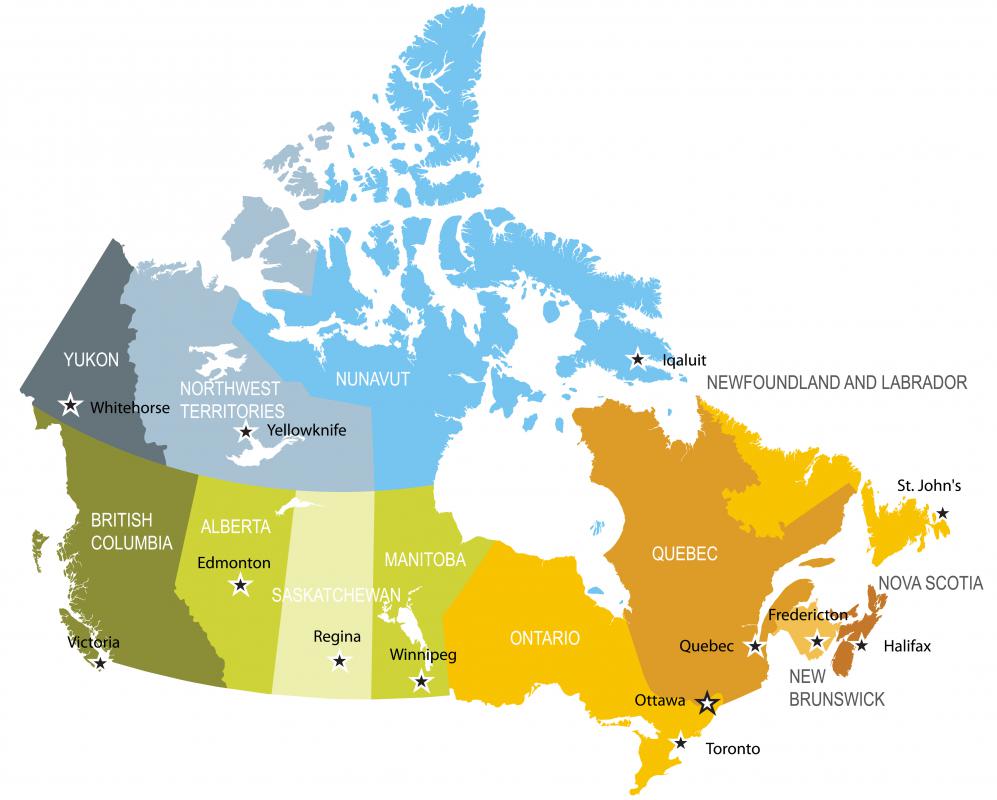At WiseGEEK, we're committed to delivering accurate, trustworthy information. Our expert-authored content is rigorously fact-checked and sourced from credible authorities. Discover how we uphold the highest standards in providing you with reliable knowledge.
What Was the Klondike Gold Rush?
The Klondike Gold Rush refers to the frantic immigration to the area near the Klondike River in the Yukon Territory of Canada to search for gold. This rush happened in the late 19th century after gold was discovered there in 1896. This rush is sometimes referred to as the Yukon gold rush.
In August, 1896 three travelers were heading down the Yukon River in Canada, led by a guide from the Tagish First Nations Indian tribe. The party was searching for one of the men's sister and her husband. That man, Skookum Jim Mason, was the unofficial leader of the group. The travelers located Mason's sister and her husband near the mouth of the Klondike River, where they were fishing for salmon.

Shortly thereafter a man named Robert Henderson came across the travelers and began telling them that he was mining for gold along the nearby Indian River. The Skookum party then traveled to the nearby Bonanza Creek where they discovered large deposits of placer gold. The claim was staked under the name of George Carmack, who was Mason's brother-in-law. The staking of this claim helped to trigger the Klondike Gold Rush.

News of this discovery spread very quickly to other mining camps in the area. Shortly thereafter, miners who were working in the Fortymile and Stewart Rivers, which are tributaries of the Yukon, abandoned their stations. These miners then began staking claims along the Bonanza, Eldorado and Hunter creeks in the Yukon.
It would be almost a year later before word of the discovery reached the United States. By this time, the banking industry was in serious financial turmoil and the country was in a deep recession. Americans who had been affected by this recession chose to try their luck at mining for gold and joined the Klondike Gold Rush.
It is estimated that between 25,000 and 40,000 prospectors descended on the area between 1897 and 1898. This rush to the area is sometimes referred to as the Klondike Stampede. The influx of people created a famine, and food supplies had to be rationed to new inhabitants.
Many of those who arrived in late 1898 found that most of the claims in the area had already been staked. Some of these adventurers stayed in the area nonetheless. Several prospectors found themselves victim to schemes plotted by ruthless con artists who wanted to swindle them out of the finds they had discovered during the Klondike gold rush.
Today the Golden Spike Monument sits at the site where the first placer deposits were found during the gold rush. This monument is located in Carcross, Yukon. This monument is a memorial to the thousands of prospectors who came to this area during the famous Yukon Gold Rush
AS FEATURED ON:
AS FEATURED ON:












Discuss this Article
Post your comments